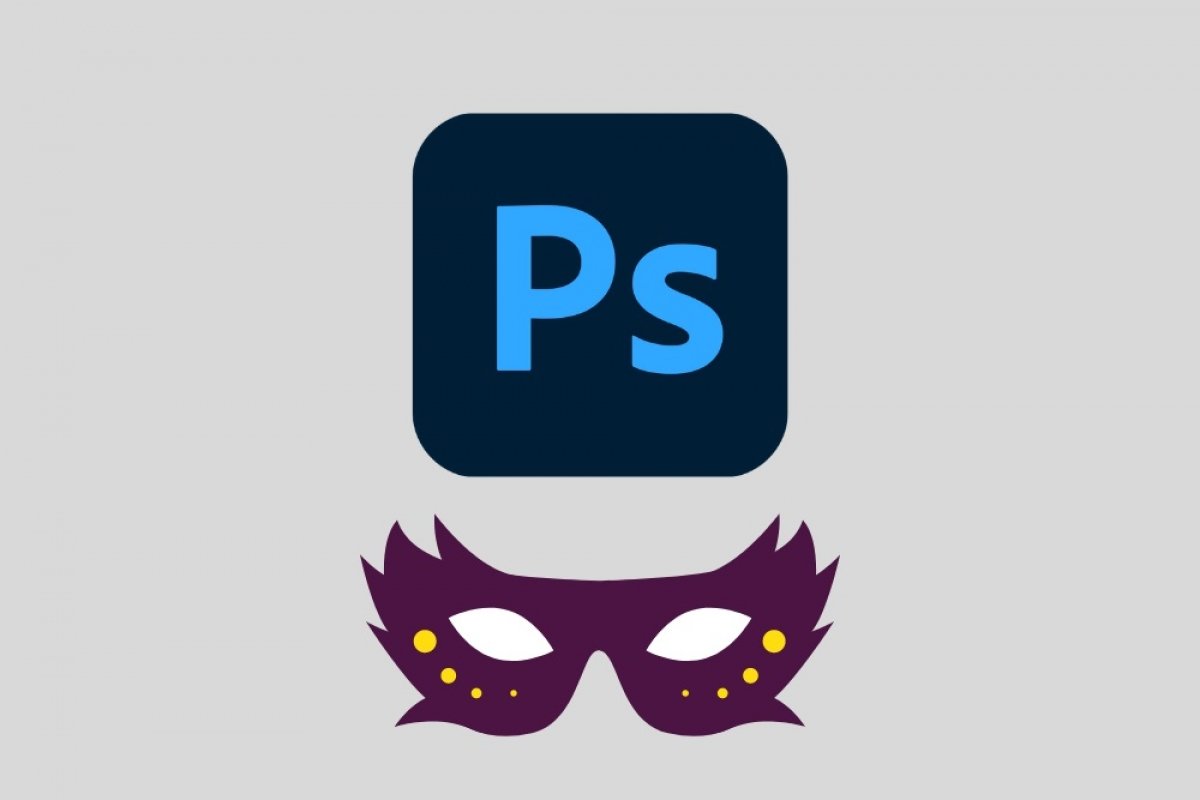The mask is one of the most basic Photoshop tools. Thanks to it, it is possible to select a specific area of an illustration or a photograph, applying completely reversible modifications. This detail differentiates it from other utilities that Photoshop itself has, such as the pen or the selection tool.
To better understand what the mask is for, we can compare them with these last two tools mentioned. When using the pen or selection tool, any elements left out are lost. However, with a mask, we hide what we do not want to be seen, and we can recover that part later. It is only necessary to remove the mask.
In Photoshop, we can identify three different types of masks, each with its specific function:
- Layer mask. This type of mask is a raster image, that is, a bitmap, that depends on the image resolution and can only be used in grayscale. The grayscale is used to determine the opacity of the mask. To create it, you should use the painting and selection tools
- Vector mask. Thanks to this typology, you can use a resolution-independent vector path that clips the contents of the layer. Similarly, these masks must be created with specific tools. In this case, they are the shape and the feather.
- Clipping mask. If you opt for this variety, you can use the entire contents of a layer to mask the layers above it. The creation of this mask is conditioned by the content of the base layer.
Thanks to the masks, non-destructive edits can be performed. That is, even if changes are made, the information of the layer that the mask is associated with is always preserved.



